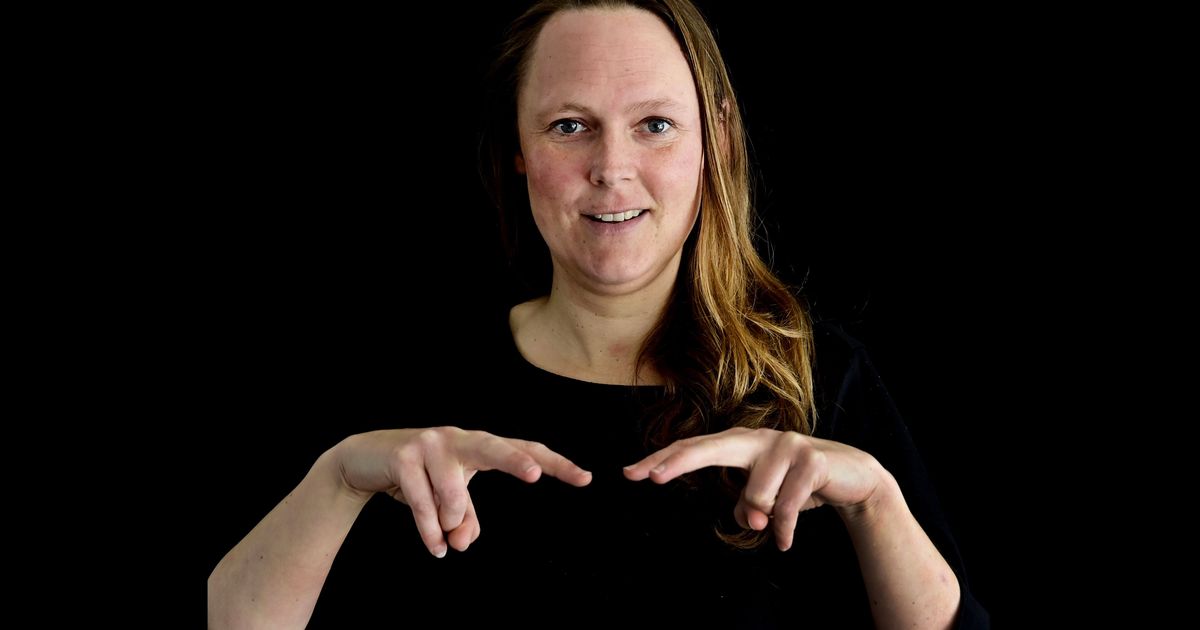
'Genetic' research reveals history of sign languages
Photo: Deaf Martine Wattel uses sign language to represent the word 'search'.
Sign languages have the same complexity and rich history as spoken languages. That is why it is strange that they receive almost no attention from linguists. Although there are several reasons for this, according to Professor Natasha Abner, a linguist at the University of Michigan. “However, less research is done on minority languages, and this also applies to sign languages. In addition, due to the nature of sign languages, there is much less available historical material on which to draw on research. Only since the advent of video recording has it become possible Document such languages systematically.
To compensate for this lack of historical material, Abner turned to a method of genetic research, computational genetics. This method relies on analyzing similarities and differences in genes in order to arrive at the family tree of individuals or species via a computer model. “In genetics, this method is used to map relationships and evolution through genes. This method has already been used in research on spoken languages, and we have applied it to sign languages for the first time. This method can overcome the lack of historical data that distinguishes sign languages and minority languages.” The other.
French influence
Based on her analysis, Abner came up with two family trees, one for the European language family and one for the Asian language family. The relationships between sign languages reflect a number of historical and geopolitical factors that helped shape the languages. “The obvious factor is colonialism. British Sign Language is close to New Zealand and Australian Sign Language. Elsewhere in Europe, sign languages tend to cluster in geographical groups, shaped by historical connections. For example, a number of relationships can be traced back to a shared history under The Austro-Hungarian monarchy, or from the Soviet era, such as the association between Russian and Ukrainian sign languages.
What is striking is the strong influence of French traditions on American Sign Language, something that cannot be explained by geopolitical factors or geographic proximity. “This connection reflects the history of the deaf community itself.” France stood at the cradle of modern deaf education, and American teachers gained their knowledge there. For example, Thomas Gallaudet was an American pioneer in deaf education. Because the British schools did not want to share his system, he took his inspiration from France, where he perfected the French method.'
Geopolitical characteristics can also be found in the Asian language tree, according to Abner. Take, for example, the Chinese and Taiwanese sign languages. You would expect these two to be close to each other, because the languages spoken in both countries are not very different. However, Taiwan has a different sign language that shows many influences from Japanese deaf language, a legacy from the period when the island was under Japanese rule (From 1895 to 1945, ed.).'
Abner concludes that this study not only reveals relationships between sign languages, but also shows that the method of computational genetics lends itself to research on languages that have been poorly documented. “It provides insight into the relationships between spoken languages with little or no written sources.” This opens possibilities, for example, to study indigenous languages that have no written traditions.

“Travel enthusiast. Alcohol lover. Friendly entrepreneur. Coffeeaholic. Award-winning writer.”
